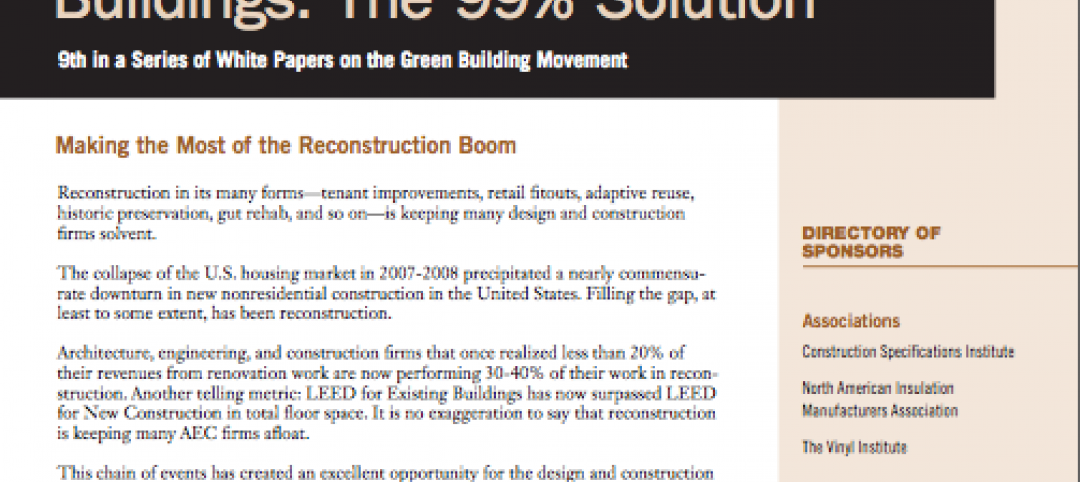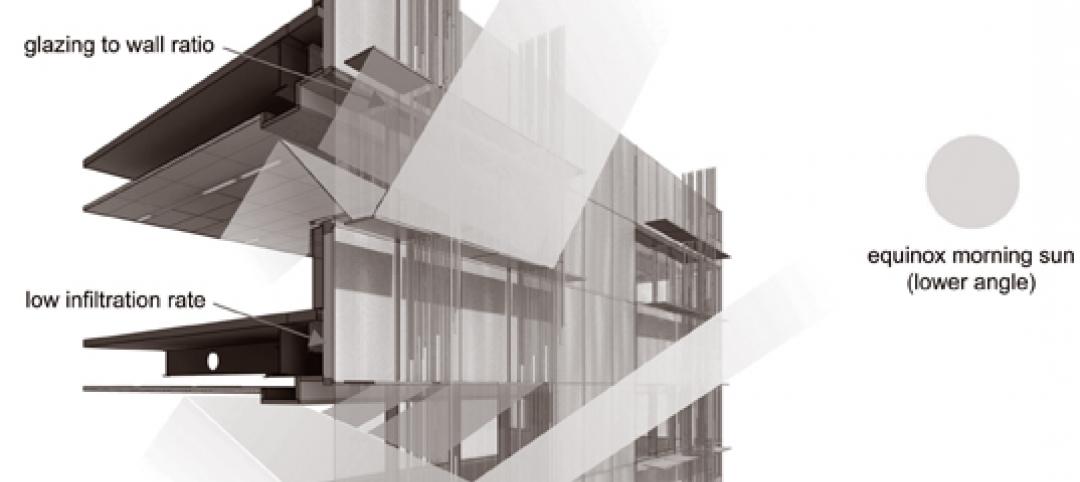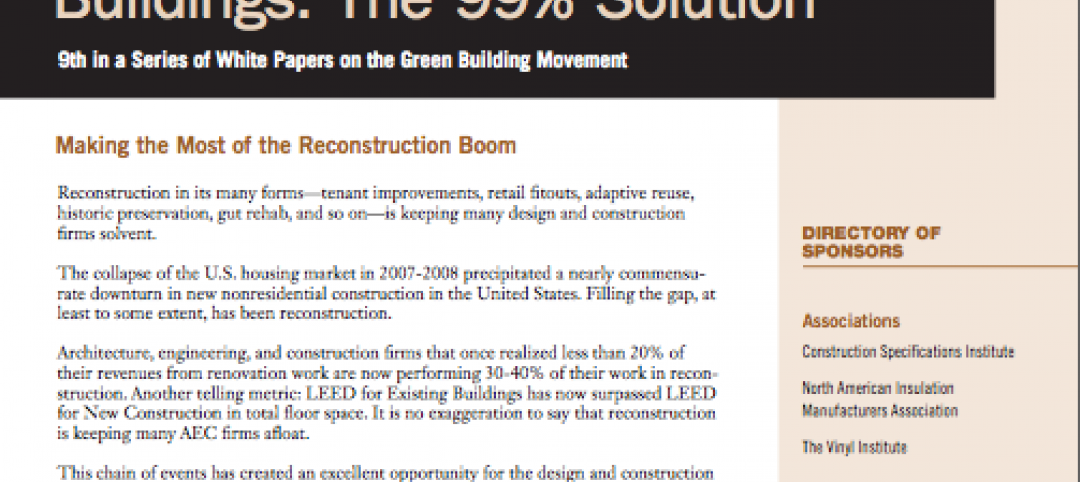A meeting of 52 key Chinese and international architecture and planning firms yielded the China Accord—a pledge to cooperatively lower carbon emissions in the built environment.
The meeting was hosted by the China Exploration and Design Association – Architecture Branch (CEDAAB) and by Architecture 2030. “We understand our moral and professional responsibility to address the issue of greenhouse gas emissions if we are to stay within the 2° C threshold established by the international scientific community, and the Accord is just the beginning of our joint efforts,” said Ed Mazria, Architecture 2030 Founder and CEO. “We have a long and exciting road ahead of us to decarbonize the built environment.”
The China Accord supports the Chinese government’s targets to peak and begin reducing carbon emissions, as well as the State Council’s Green Buildings Action Plan and the recent China-US Joint Presidential Statement on Climate Change. A number of initiatives will result from the Accord, including professional training, knowledge-sharing events and programs, a broad-based stakeholders’ forum, and the localization of design and planning strategies utilizing real-time simulation tools.
Among the international firm signatories were DLR Group, Skidmore Owings & Merrill, ARUP, Gensler, CallisonRTKL, HKS Architects, Perkins+Will, HDR, and Glumac.
Related Stories
| May 10, 2012
Chapter 6 Energy Codes + Reconstructed Buildings: 2012 and Beyond
Our experts analyze the next generation of energy and green building codes and how they impact reconstruction.
| May 10, 2012
Chapter 5 LEED-EB and Green Globes CIEB: Rating Sustainable Reconstruction
Certification for existing buildings under these two rating programs has overtaken that for new construction.
| May 10, 2012
Chapter 4 Business Case for High-Performance Reconstructed Buildings
Five reconstruction projects in one city make a bottom-line case for reconstruction across the country.
| May 10, 2012
Chapter 3 How Building Technologies Contribute to Reconstruction Advances
Building Teams are employing a wide variety of components and systems in their reconstruction projects.
| May 10, 2012
Chapter 2 Exemplary High-Performance Reconstruction Projects
Several case studies show how to successfully renovate existing structures into high-performance buildings.
| May 9, 2012
Chapter 1 Reconstruction: ‘The 99% Solution’ for Energy Savings in Buildings
As a share of total construction activity reconstruction has been on the rise in the U.S. and Canada in the last few years, which creates a golden opportunity for extensive energy savings.
| May 9, 2012
International green building speaker to keynote Australia’s largest building systems trade show
Green building, sustainability consultant, green building book author Jerry Yudelson will be the keynote speaker at the Air-Conditioning, Refrigeration and Building Systems (ARBS) conference in Melbourne, Australia.
| May 9, 2012
Tishman delivers Revel six weeks early
Revel stands more than 730 feet tall, consists of over 6.3 milliont--sf of space, and is enclosed by 836,762-sf of glass.
| May 9, 2012
Stoddert Elementary School in DC wins first US DOE Green Ribbon School Award
Sustainable materials, operational efficiency, and student engagement create high-performance, healthy environment for life-long learning.
| May 9, 2012
Shepley Bulfinch given IIDA Design award for Woodruff Library?
The design challenges included creating an entry sequence to orient patrons and highlight services; establishing a sense of identity visible from the exterior; and providing a flexible extended-hours access for part of the learning commons.

















